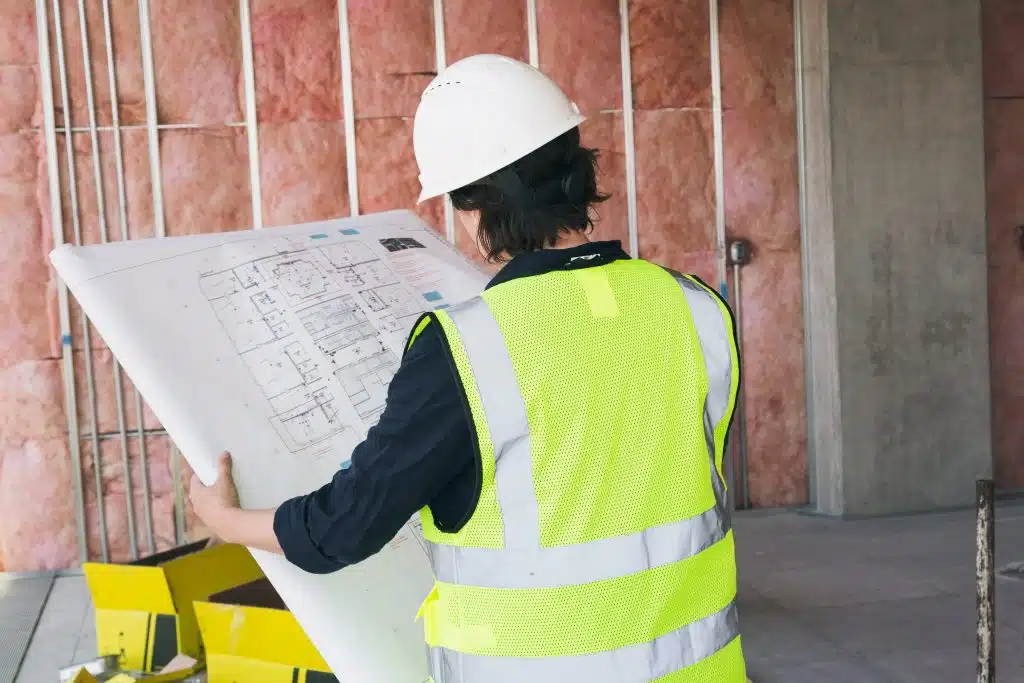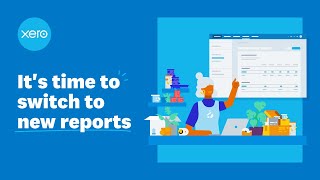Managing cash flow challenges for builders: Part 1
Staying on top of cash flow so you can pay your subcontractors, not to mention yourself, can be tricky. Here’s some helpful advice from an accountant for builders.
A construction business can be personally and financially rewarding but one of the biggest challenges is staying on top of cash flow.
There are so many ‘moving parts’, from paying your suppliers and subcontractors to invoicing your clients and making sure they pay on time. Then there are expenses like equipment and tax debts, which can be difficult to forecast with total accuracy.
Yes, it’s tricky but if you ignore the cash flow side of things your construction company may find itself in an unmanageable amount of debt.
Take a look at part one of our cash flow tips article, which has been created by a specialist accountant for builders. You can read part two here.
Master the ‘levers of cash flow’
Your so-called ‘levers’ are:
- Receivables (money in)
- Payables (money out)
- Work in Progress (Job Management)
Basically, you need to make sure money comes in before it goes out. This way, your accounts will stay ‘in the black’ and you won’t constantly be chasing your tail and dipping into credit.
To stay on top of ‘money in’, getting payment upfront is essential. Aim for front end, legal payment schedules and get things in writing so your client understands what they have agreed to in terms of making payments.
If you are working on a longer project and can’t request full payment up front, start with a deposit. The bigger, the better; aim for 5 or 10 per cent and that way you will at least have the money you need to purchase equipment and supplies.
Once you have commenced work, stick to a weekly or fortnightly invoicing schedule. Give your client limited terms; seven days is plenty. There is no need to be overly generous and give 30-day terms.
Talk your client through how it all works and be clear that you and your team can’t get back to the job if an invoice is overdue. Often, a brief ‘stop work’ will help get those bills paid on time.
You are a builder, not a bank. You shouldn’t need to have clients on a payment plan where they are still paying off their debt to you several months after the job is completed.
When you have a clear agreement in place before you start, you will run into fewer issues with late or missing payments.
Make it easy for people to pay
You may decide to invoice based on the work you have completed each week or you may agree with your client to a system which involves a deposit and then regular payments until the work is finished. When you work this way, you can automate your invoicing. This gives you one less job to do each week.
One way to ensure payment happens faster is to accept credit card payments as well as direct debit. Software platforms like Stripe allow you to take credit card payments for a small fee. If it means you get your money sooner, it is definitely worthwhile.
Add an incentive
You may also wish to offer a discount for early or on-time payments.
Alternatively, you could add interest for late payments, however speak with an accountant who works with builders and other construction companies before you figure out how to apply this.
Managing your accounts payable
Once you have an arrangement in place that will guarantee steady cash flow from your clients, you can do some planning for balanced ‘money out’.
Here are some quick tips:
- Get your contractors on 30 day or more payment terms and only make an exception if this is a deal breaker with a contractor you can’t do without
- Use a solid trade agreement with all your contractors; you will find plenty of templates online or you can speak with a lawyer
- Be clear on what you expect from your contractors, including the quality of their work and their working hours
When it comes to suppliers:
- Utilise credit terms/ extensions/ other supply options
- Ask for a discount for early payment
Don’t forget that your BAS, tax and super fall into your ‘money out’ category. Put aside GST plus an estimate of your tax payments just as you do with the money to pay your subcontractors. Do the same with superannuation and you won’t find yourself facing a penalty for failing to pay the people working for you what they are legally owed.
Job management
One of the tricky elements of managing cash flow is knowing when to declare a job ‘done’.
Ideally, you’ll be getting payments based on progress, not completion. However, you should also be clear with your client upfront about what counts as a finished job.
Instead of waiting until sign-off (which clients can find a way to delay), keep those regular invoices flowing. It will help keep your finances on track.
Take a look at further tips from an accountant for builders in Part Two of our cash flow management tips.




